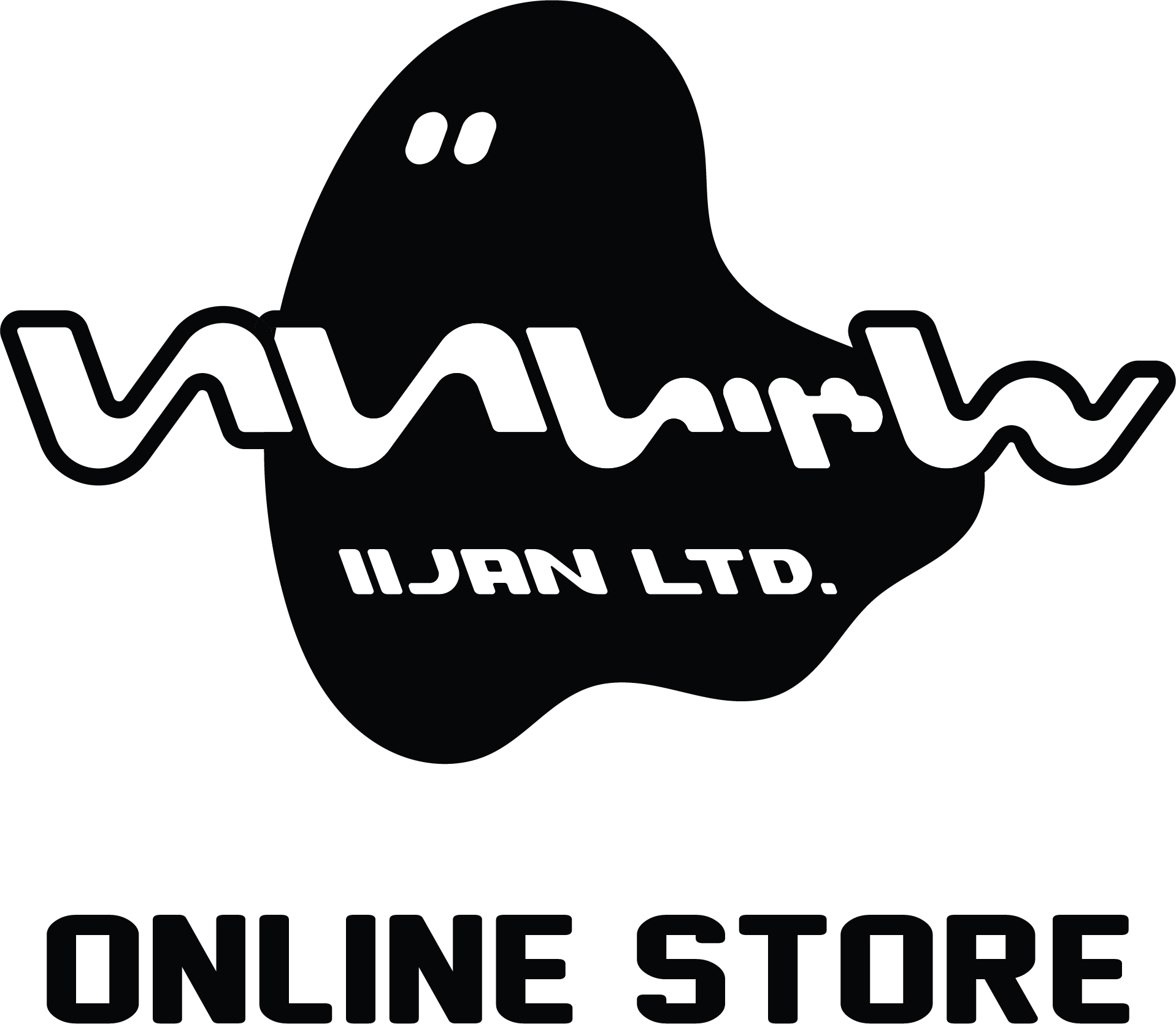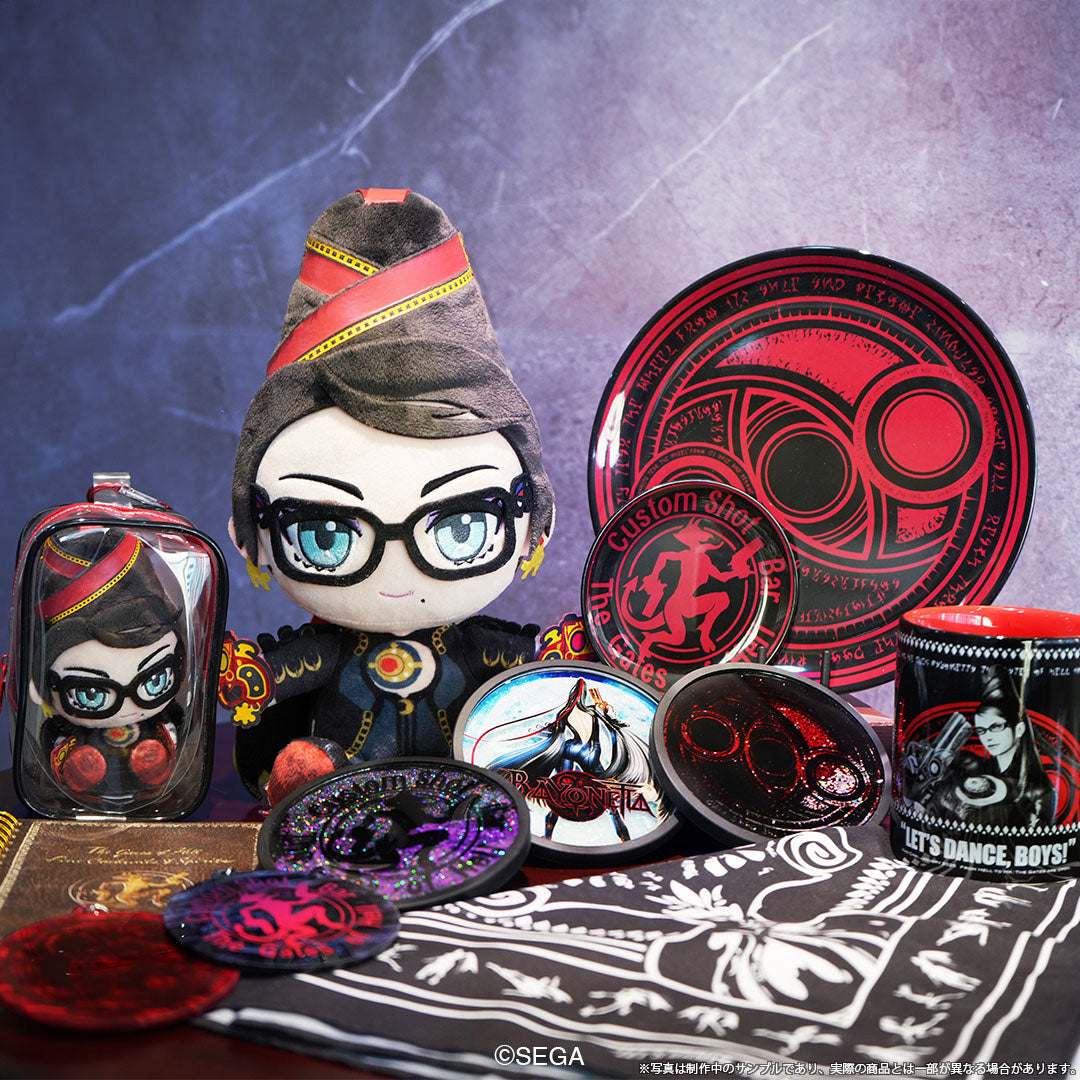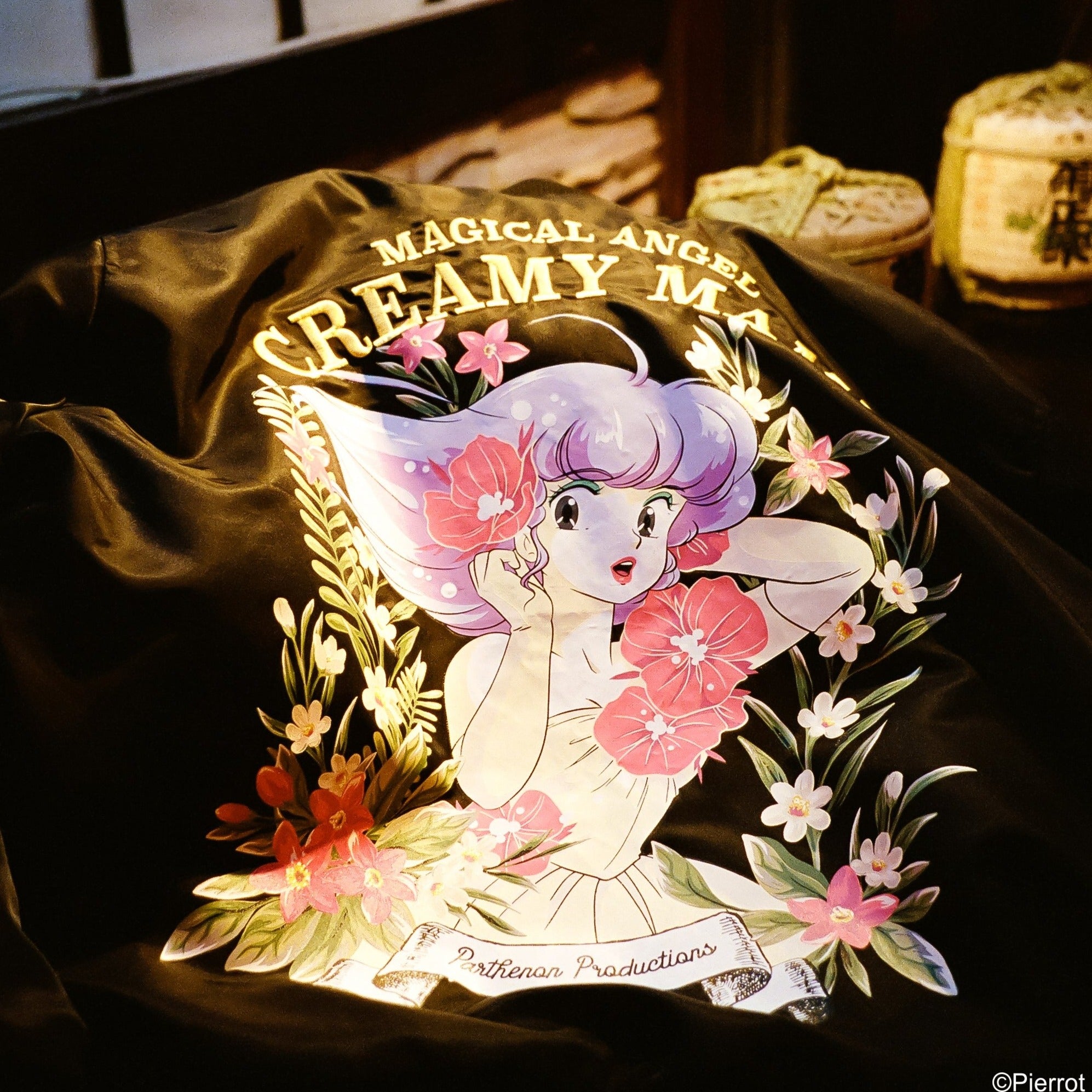【Furusato P (Producer) Anime Path】Episode 6: "What is the Role of Anime Magazines?"
I don't remember exactly when the title "New Century GPX Cyber Formula SAGA" was decided. However, since the release date of the first volume was set for August 1996 and we had to make various announcements before that, I believe it must have been decided before the spring of 1996.
The staff proposed several title ideas.
An idea with numbers.
An idea with a single English letter.
An idea with a few English letters.
An idea with kanji characters.
And among the various ideas, we narrowed it down to "SAGA." When written in kanji, it is "性," and it is read as "saga."
According to the dictionary, it refers to the nature or fate one is born with. From the perspective of human nobility, it is a manifestation of weaknesses, vileness, or unpleasantness that should be overcome, and it can be said that even the most noble personalities cannot completely escape from such desires. This usage is quite common.
Taking into account the meaning in Japanese, when translated into English letters, "SAGA" implies the following:
The English word "SAGA" also originates from Icelandic and means "heroic tale, adventure story, epic novel, chronicle." It refers to what is known as an epic novel. Additionally, it is used for grand historical stories, adventure tales, and fantasies.
Combining the meanings of both the Japanese and English words, since both meanings are incorporated into the story, it felt just right! That’s how I remember the title being decided. The protagonist Hayato’s genius-driven struggles, Nagumo’s desire to fulfill his brother’s aspirations, and the dramas of each character—all of these revolve around expressing the deep-seated nature of human beings. This underlying theme of "性" (saga) that we should portray in this OVA seems to fit perfectly as the title.
Incidentally, the next title "New Century GPX Cyber Formula SIN (hereafter, Cyber Formula SIN)" has the English meaning of "SIN," which translates to "罪" (tsumi) in Japanese, implying that everyone bears a "sin." With Cyber Formula SIN, the protagonist is more Kaga, so what sins does Kaga bear? What sins does Nagumo bear? It’s interesting to think about the meaning behind the transition from "SAGA" (性) to "SIN" (罪).
As the release date approaches, the producer’s responsibilities include publicity and promotion.
At that time, there was a monthly magazine called "Anime V" that primarily introduced OVAs (Original Video Animations) as a medium for promotion. I think it occupied a position similar to a sibling magazine of Gakken's "Animedia." The editor-in-chief contacted me to say they wanted to feature a special issue and illustrations for "Cyber Formula SAGA."
When I spoke with Editor-in-Chief Miki of "Anime V," I found out we were the same age, which made it easier to consult with him as there was no generation gap. We discussed various matters, including other works, and he kindly created special features.
He also understood that the previous works "11" and "ZERO" had a solid fan base, and believed that the new "Cyber Formula SAGA" would attract both existing and new fans, approaching us with a positive attitude.
At that time, the internet was not widespread, there were no cell phones, and there was no social media. In other words, weekly and monthly paper magazines played a major role as promotional media. It was always exciting to see our work on the cover, lined up in bookstores. Moreover, getting a 10-page feature made it look like a hit, which was significant. It was an era when print media was still strong.
Therefore, it was common to build good relationships not only with editors-in-chief but also with the responsible editors. For some works, the editor-in-chief of a particular anime magazine would call to say, "This month's survey results put you at this rank!" The magazine served as a place to hear the voices of viewers and customers, and receiving that information was valuable. Looking back, it was a good era where you could have such exchanges with editors-in-chief. By the way, since there were no cell phones, calls were made to the company studio. It's still a mystery to me how they knew I was in the studio so often, but compared to now, it felt like time moved more slowly.
At the same time I was working on "Cyber Formula SAGA," I was also approaching anime magazines with "Outlaw Star," a TV series that was active during the same period. With both an OVA and a TV anime, I would directly meet with the editors-in-chief of various anime magazines to present them. Besides "Animage," "Newtype," and "Animedia," new magazines like "AX" and "Dengeki B-Magazine" were launched around 1998. When I joined Nippon Animation, magazines like "The Anime" and "My Anime" had increased, though they ceased publication a few years later. There were also magazines like "Out" and "Animec," which are no longer around today. I’d like to write about these anime magazines somewhere as well.
Even now, I still exchange information via Line and email with the editors I interacted with back then.
Anyway, I owe a lot to "Anime V" for their support with "Cyber Formula SAGA" and "SIN." However, "Anime V" unfortunately ceased publication in 1998. It was very disappointing. One of the reasons could be the decline in OVAs and the decrease in titles they could cover. It was an era when anime like OVAs began to be broadcast late at night as a norm. Speaking of which, "Outlaw Star," which I was in charge of, was also a late-night anime.
Also, it was around this time that I met Hagiwara (Daisuke) from Movic's product planning department. He was involved in developing products (goods) for the Animate shop. He helped with the commercialization of products for "Cyber Formula," "Outlaw Star," "Angel Links," "Gear Fighter Dendoh," "Machine Robo Rescue," "My-HiME," and "My-Otome." I can't remember how or who introduced me to Hagiwara. Perhaps I happened to be at the Sunrise headquarters when Hagiwara visited, and we were introduced there? No matter how much I think about it, I can't recall.
It was a time when I was meeting many new people. These encounters became "treasures" to me. As a producer, meeting and connecting with creators, editors from publishing companies, music professionals, and product manufacturers, building relationships where we could consult on various matters, I gradually realized that such a network creates an environment where new animations can be born.
I believe that as a producer, it's essential to "like people" and "love people." At that time, I didn't have much of a discomfort talking to people, which was a relief.
Around the time the first volume of "Cyber Formula SAGA" was released, Hagiwara from Movic taught me in detail about what kind of anime goods existed and which ones sold well. For educational purposes, Hagiwara and I visited several Animate stores. We went to the Animate store in Akihabara together. By the way, it was the old Akihabara Animate store, not the one in the current building. At that time, there was no massive Yodobashi Camera, only a few PC game and anime-related shops, and only a handful of maid cafes. I remember walking through Akihabara, discussing and sharing impressions about the layout, aisles, shelves, and product arrangements of each shop.
Although I was someone who made animations, from this period, I started to develop a habit of thinking about the people who make and sell products. I learned things I didn't know and things I had never thought about. Hagiwara is one of my important mentors. After I started my own business, we also went on a pilgrimage to Ise Shrine together. Now that we've both reached a certain age, it would be nice to go on a relaxing and healing trip together.
At that time, by visiting various stores, I learned that having books and products displayed in stores was very important for promotion. Naturally, hit works are prominently displayed. From a customer's perspective, seeing many copies makes you want to pick one up, thinking it must be selling well. It's also important to feature on the cover of monthly magazines and other publications. Although I managed to get on the cover a few times, it wasn't easy, so seeing it displayed in stores was a great joy. I used to go to bookstores and, if the book was hidden at the back, I would quietly move it to the front. By the way, I often did this with novels and other books as well. My apologies to the bookstores.
Similarly, whenever I saw the soundtracks or theme song CDs I was involved with at CD shops, I would quietly move them to the front. Writing about these things makes me realize how much the times have changed. Nowadays, there are fewer bookstores, and there aren't any CD shops nearby.
Next time, I'll write about the theme song for "Cyber Formula SAGA." There were so many things I didn't know, and I was learning every day. When Fujita, the music producer, said, "I'll send you a demo," I had no idea what he meant. I thought, "What is that?" "Demo?" Is that where a lot of people take to the streets to protest? So, I ended up learning music-related jargon like "demo." The answer will be in the next installment!
P.S.:
I've also started the YouTube channel "Furusato P Anime Road" today, so please make sure to subscribe and check it out.
🔻Here is the link
https://www.youtube.com/channel/UC_jrvVljSFUhGmxpCvYuq5A
🔻Furusato P Photo Album: This Week's Photo

Naotake Furusato
Born on May 3, 1961, in Aomori Prefecture, Japan, began his career in the anime industry in 1982 as a production assistant at Nippon Animation. By 1985, he was working as a production assistant on Studio Ghibli's "Castle in the Sky." In 1987, he joined Sunrise, where he contributed as a production progress staff, setting creator, production desk, and assistant producer (AP) on projects like "Mister Ajikko" and the "Brave Series." He was promoted to producer starting with "Future GPX Cyber Formula SAGA" and went on to plan and produce 14 original animation titles, including "Outlaw Star," "GEAR Fighter Dendoh," "Go! Machine Robo Rescue," "Mai-HiME," and "Mai-Otome."
In February 2011, Furusato established his own planning company, Odd Eye Creative, Inc. He served as planner and producer for series such as "Phi Brain: Puzzle of God" and "Cross Ange: Rondo of Angels and Dragons." He also assisted in planning "Revue Starlight" and participated as an associate producer on "Grendizer U." Currently, he is involved in the gaming sector and is preparing new projects.






Leave a comment
This site is protected by hCaptcha and the hCaptcha Privacy Policy and Terms of Service apply.